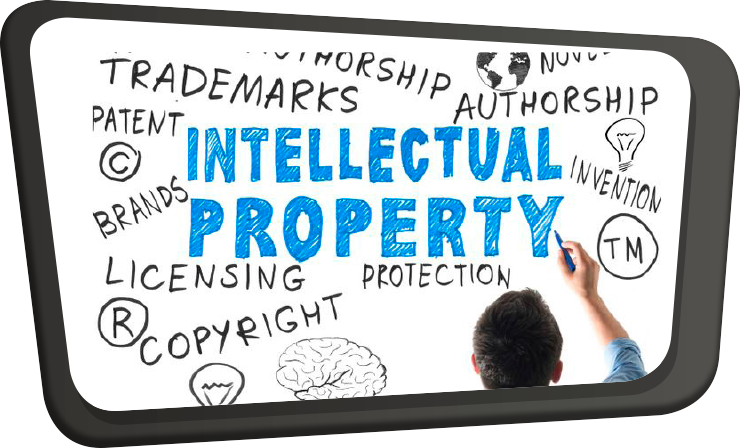HISTORY OF COPYRIGHT
Intellectual property (IP) is a term that refers to work or inventions that are created as a result of someone’s creativity. The person responsible for the creation is given rights to them in the form of patents, copyrights or trademarks.
The laws are created to encourage people’s creativity and make it possible for inventors to reap the benefits of their original ideas.
The laws are created to encourage people’s creativity and make it possible for inventors to reap the benefits of their original ideas.

Chronology of
Intellectual Property Protection:

Statute of Monopolies
Industries controlled by guilds and inventions. Inventors given 14 years of exclusive right protection to govern how their invention were used.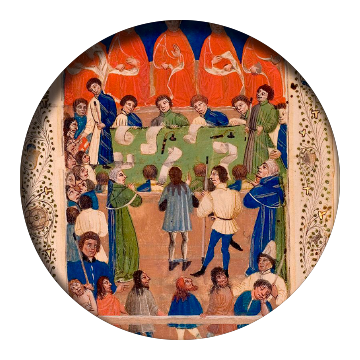

Statute of Anne
Protection renewable for another 14 years. Power for authors over recreation and distribution of their work.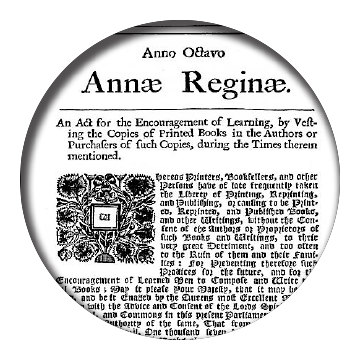

Paris Convention
Protection when invention used in other countries (international agreement).

Berne Convention
International protection of all forms of writing, including songs, drawings, operas, sculptures, paintings.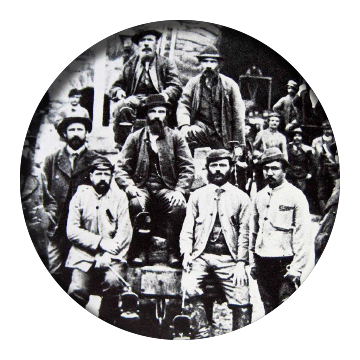

Madrid Agreement
Trademark protection.

Now
IP underpins industries like aerospace, architecture, pharmaceutical, media, entertainment.

